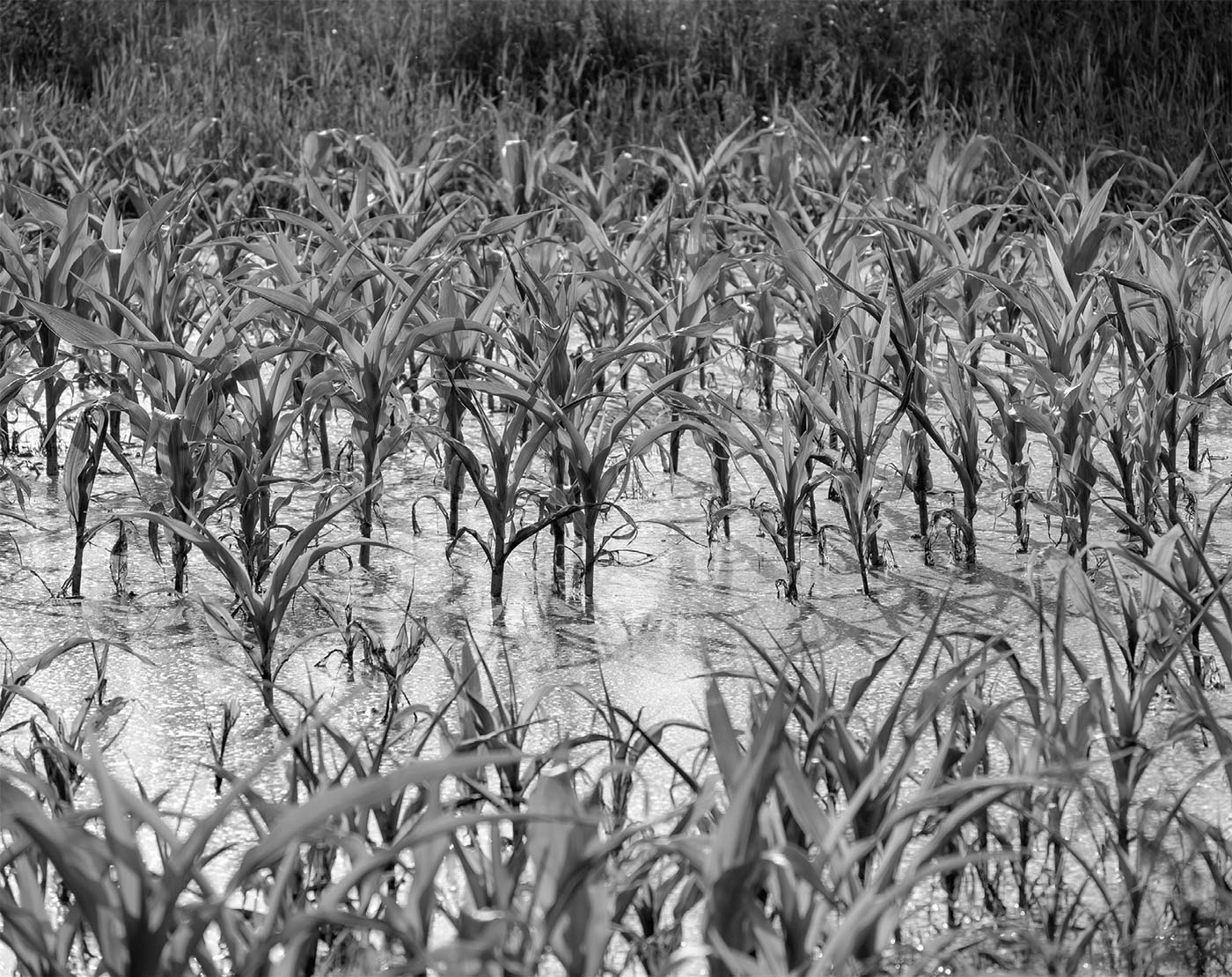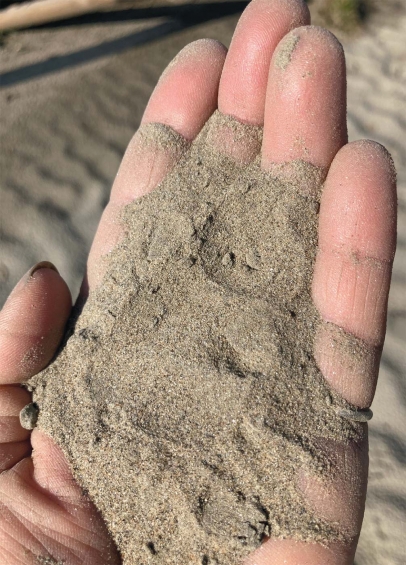Heather Darby, PhD
“Flood events and longterm saturation make the soil inhospitable for plants to thrive. Without the living roots of plants to help rebuild the structure, the soil becomes devoid of proper biology.” –Heather Darby, UVM Extension Soils Specialist
A Vermont native, Heather serves as an agronomic and soils specialist for the University of Vermont Extension. She and her husband, Ron Hermann, are the seventh generation to tend their family’s 130-acre Darby Farm in Alburgh where they grow vegetables and fruits and raise cows.
Can you explain how a flood impacts the soil?
Soil biology consists of organic matter, some water, and a lot of oxygen. When soils become saturated, as in flooded, they become anaerobic. Anaerobic soil becomes stinky because the biology and chemistry has changed. Heavy rain and floodwater can break up the soil structure, and that much water causes nutrients to leech out.
Flood events and long-term saturation make the soil inhospitable for plants to thrive. Without the living roots of plants to help rebuild the structure, the soil becomes devoid of proper biology.
What about all the silt we saw blanketing the fields?
River-bottom soils anywhere in the world are the most fertile because they get the constant replenishment of silt. Some silt is good but thick deposits of it can be challenging. In a flood situation like this one, the silt may have traveled through less healthy places and picked up toxins, heavy metals, or wastes that need to be dealt with. The good news is that from what we’ve tested post-July 10 flood, we haven’t seen a huge increase or significant presence of metals or toxins.
So how does the soil heal and recover?
The most important step is to get oxygen flowing through the soil, to get living roots and organisms in there to loosen compaction and to rebuild the soil’s physical and biological properties. That’s why farmers worked hard to get something growing again to start rebuilding the soil through root structure. The microbes will come back; they just have gone dormant. Organic amendments, cover cropping, and diverse root growth will get the soil back to health.
What’s the situation for farmers who grow feed such as hay, corn, or soybeans for livestock—dairy, beef, sheep, horses?
Depending on the location of the field, the water may have moved across quickly and not deposited as much silt or debris. Grass impacted by July 10 really grew back well the following month. But then, it kept raining, which made it difficult for farmers to cut and dry their hay.
How about feed corn?
I’ve learned how resilient feed corn can be. Some corn was completely flattened like a steamroller ran over it, and that corn died. Other corn was knocked down by the waters but rebounded. The rain washed off the silt, and the corn continued to grow. In other cases, the corn was just beginning to tassel—you need the tassel to pollinate the ear within the husk. Silt had permeated the whorl and impeded the plant from pushing out new leaves. So now in mid-August, we’re just waiting to see what the crop will yield. Whatever happens won’t be ideal, but farmers work with what they have, which will be reduced yields and lower-quality winter feed crops for their livestock.
“Farmers are doing whatever they can to survive. They don’t have the option of throwing in the towel, particularly if they’re raising livestock. They’re lifelong farmers. This is what they know and what they do. It’s not a lifestyle, it’s their life. They’re basically in survival mode.” –Heather Darby, UVM Extension Soils Specialist
The timing of the storm couldn’t have been worse.
Part of the problem was that the storm hit in the middle of the growing season for full-season crops. Vermont has a short growing season as it is, and by the time the fields dried out enough to get equipment in there to replant in mid to late July, it was too late.
People often ask if farmers were insured for crop losses due to flooding.
Many farmers, but not all, have insurance, and most can justify the cost for half coverage or even less. But crops aren’t generally 100 percent covered even if they are insured. And insurance for grass is available but usually considered too costly for the crop.
Vermont has so many dairy and beef operations that aren’t directly connected to a local consumer base, don’t have a farm stand, or sell at farmers’ markets or local stores. These are family farms that have been around for generations run by folks who know how to manage floods and weather-related issues. I wish I could hand a $100,000 check to one farm who lost all 75 acres of their feed. That check doesn’t even cover the amount of corn he needs to buy in; it doesn’t even compensate for the expense of the lost crop: the seed, fertilizer, fuel, and time. People can’t grasp the actual staggering dollar amounts associated with these losses.
Farmers are doing whatever they can to survive. They don’t have the option of throwing in the towel, particularly if they’re raising livestock. They’re lifelong farmers. This is what they know and what they do. It’s not a lifestyle, it’s their life. They’re basically in survival mode.
The things we do to survive are really different than what we would do in an ideal situation. You do what you have to do. You have to make choices that aren’t ideal but have to be done to survive at that moment. We’ll be facing a long recovery phase in the coming years to rebuild what’s been lost or damaged.
“I’ve learned how resilient feed corn can be. Whatever happens won’t be ideal, but farmers work with what they have, which will be reduced yields and lower-quality winter feed crops for their livestock.” –Heather Darby UVM Extension Soils Specialist






